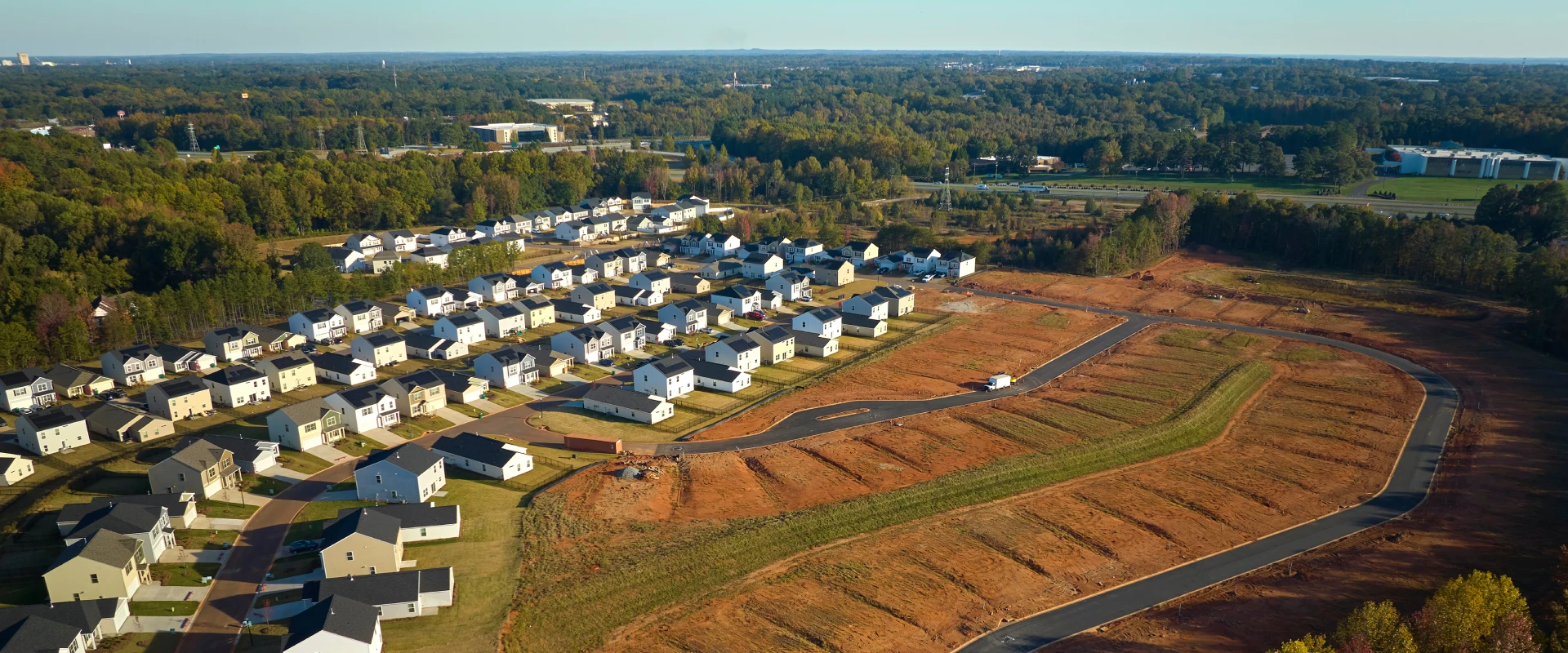
02-26-2025
Inflation peaked in the summer of 2022 at a decades-high annual rate of 9%, but after multiple years of interest rate hikes by the Federal Reserve, inflation has fallen by two-thirds to 3% as of the latest CPI report. But talk to anybody looking to buy a house or staring at their monthly rental payments, and the housing affordability crisis is very much alive. The data bear out this sentiment, with house prices up by over 40% since 2020 and shelter costs up by 4.4% over just the past year. Moreover, despite mortgage rates holding steady at 20-year highs of nearly 7%, prices and rents remain stubbornly elevated.
How have house prices managed to stay high despite such a large rise in mortgage rates, and should we be worried about an impending bust? When might a broader sense of normalcy return to the housing market? In ongoing work, my co-authors Kieran Larkin, Kurt Mitman, and Serdar Ozkan and I are addressing these questions while investigating longstanding questions of how inflation and interest rate changes impact and get transmitted through mortgage and housing markets to the rest of the economy.
In more ways than one, the period since the 2007-09 financial crisis has brought about a mini-revolution in scholarly thought about the role of housing markets and mortgage market institutions in the broader economy. Whereas real estate used to just be its own economics subdiscipline, the past two decades have revealed that, unlike the tourism ads saying “what happens in Vegas stays in Vegas,” an opposite adage applies to housing: “what happens in the housing market does not stay in the housing market.”
Our work on the post-COVID, Great Inflation era has unveiled another insight: that the path of past interest rates and inflation can cast a long shadow over future housing market outcomes. When the Federal Reserve helped usher in record low sub-3% mortgage rates during COVID-19, it was looking to ward off a repeat housing market crash. Few anticipated at the time that house prices would instead surge by over 40% or that a confluence of forces would bring about a surge of inflation in the not-too-distant future.
The Federal Reserve pivoted to an inflation-fighting posture in 2022 with interest rate hikes, but by that time the die was already cast: millions of homeowners had locked-in basement-level mortgage rates in 2020 and 2021 and had no intention of giving up those rates by selling. Thus, while in much of the economy higher borrowing costs dampen inflation by reducing demand, higher mortgage rates cut demand and supply if they come on the heel of ultra-low rates, allowing prices to remain high.
We continue to refine and uncover additional findings about the forces driving house prices not just in America, but also in other countries that have very different mortgage arrangements, such as a greater prevalence of adjustable-rate loans instead of the quintessential American 30-year fixed-rate mortgage. The good news: the likelihood of a housing crash appears exceptionally low. The bad news: the return of housing normalcy may take a while unless there is a concerted effort to expand housing supply.
Aaron Hedlund is an Associate Professor of Economics at the Daniels School of Business and teaches in the Dean V. White Real Estate Finance Program. He is a Purdue University Research Center in Economics faculty affiliate and a Research Fellow at the St. Louis Federal Reserve Bank. Aaron was the Chief Domestic Economist and Senior Adviser at the White House Council of Economic Advisers from 2020 to 2021.